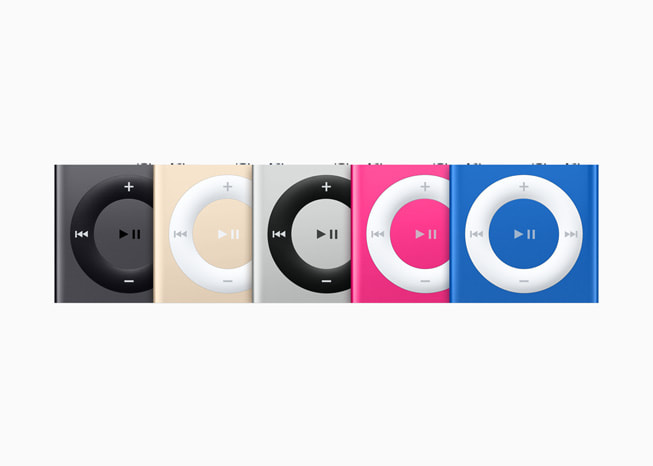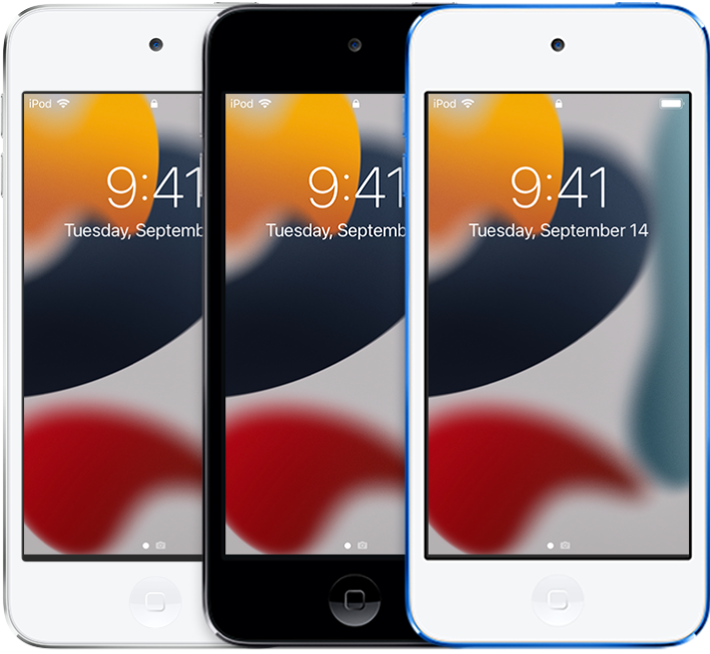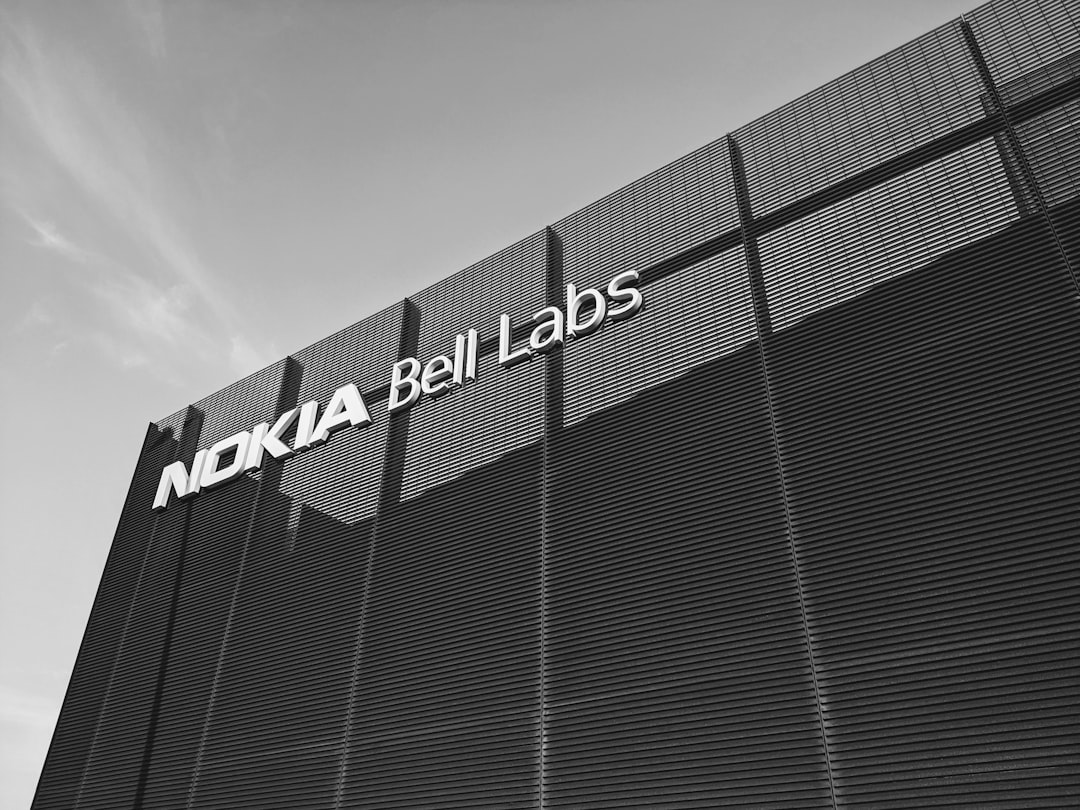The Echo of an Icon: Why iPod Revival News is Captivating the Tech World
In an era dominated by the all-encompassing smartphone, a curious undercurrent of nostalgia and digital fatigue has brought an unexpected topic back into the mainstream: the potential revival of the Apple iPod. The recent surge in iPod revival news isn’t merely a wistful longing for the click wheel and a thousand songs in your pocket. It represents a deeper conversation about our relationship with technology, the desire for focused single-purpose devices, and a fascinating strategic question for Apple. While the iPhone absorbed the iPod’s functions years ago, the modern tech landscape presents a unique opportunity for a reimagined music player.
This article moves beyond the surface-level nostalgia to provide a comprehensive technical analysis of what a modern iPod could be. We will dissect the potential hardware specifications, software integrations, and its strategic placement within the sprawling Apple ecosystem news. We’ll explore how such a device could coexist with, and even enhance, products ranging from the iPhone and AirPods to the Apple Watch and the groundbreaking Apple Vision Pro. This is not just about bringing back a beloved product; it’s about understanding if a 21st-century iPod could solve a 21st-century problem: the overwhelming digital noise of our hyper-connected lives.
Section 1: The Case for a Comeback: Market Trends and Historical Context
The conversation around a new iPod begins with a simple question: Why now? The answer lies in a confluence of consumer behavior trends, technological advancements in audio, and the lessons learned from the iPod’s own storied history. The very device that revolutionized digital music could find new relevance in a world it helped create.
The Rise of Digital Wellness and Single-Purpose Devices
One of the most compelling arguments for an iPod revival is the growing digital wellness movement. Users are actively seeking ways to reduce screen time and disconnect from the constant barrage of notifications from social media, email, and messaging apps. This has fueled a resurgence in “dumb phones” and other minimalist tech. A modern iPod, designed exclusively for audio consumption—music, podcasts, and audiobooks—would cater directly to this market. It offers a premium, distraction-free listening experience that an iPhone, by its very nature as a communication hub, cannot. Imagine a device for the gym, a long run, or focused work, where your music isn’t interrupted by a group chat or a breaking news alert. This focus aligns with Apple’s increasing emphasis on user well-being, a frequent topic in Apple health news, by providing a tool for mental decompression through music without the associated digital baggage.
Lessons from the iPod Lineage
To design a successful new iPod, Apple would need to learn from its past. The rich history of iPod Classic news, iPod Nano news, and iPod Shuffle news showcases a mastery of diverse form factors for different use cases. The eventual discontinuation of the line, culminating in the last of the iPod Touch news, was a direct result of the iPhone’s success. The iPod Touch became a product without a clear identity—an “iPhone without the phone”—and was ultimately cannibalized. A new iPod must have a razor-sharp value proposition. It cannot be a watered-down iPhone. Instead, its strength would lie in what it *lacks*: a cellular connection, a large app ecosystem, and the constant pull of the internet. Its purpose would be singular and clear.
The High-Fidelity Audio Revolution
The audio landscape has evolved dramatically. Apple Music now offers Lossless and Spatial Audio, features that are best appreciated on high-quality hardware. This creates a perfect opening for a dedicated device. While iPhones are capable, a new iPod could be engineered from the ground up for the audiophile. It could feature a superior, dedicated Digital-to-Analog Converter (DAC) and a more powerful headphone amplifier, delivering a demonstrably better audio experience than any smartphone. This would be a key selling point, especially when paired with premium headphones. The latest AirPods news, including updates for AirPods Pro news and AirPods Max news, shows Apple’s commitment to high-quality wireless audio. A new iPod would be the ultimate source device for this ecosystem, ensuring the highest possible fidelity over Bluetooth or a wired connection.

Section 2: A Technical Blueprint for a 21st-Century iPod
Speculating on a new Apple product requires a deep dive into the technical components and software that would make it viable. A modern iPod would need to strike a delicate balance between performance, efficiency, and cost, all while integrating seamlessly into the existing Apple ecosystem.
Core Architecture: Chipset and Operating System
A new iPod wouldn’t need the latest A-series Bionic chip found in flagship iPhones. Instead, it would likely use a more power-efficient, older-generation processor, perhaps an A13 or A14 Bionic, or even one of the S-series chips found in the Apple Watch. This would provide more than enough power for a fluid user interface and flawless audio decoding without driving up the cost or battery consumption. The operating system would be crucial. A full version of iOS would be overkill and invite the very distractions the device aims to eliminate. A more likely candidate is a heavily modified version of iOS, similar to the OS on the Apple TV, or a variant of watchOS. This specialized OS would be a focal point of iOS updates news, focusing on stability, security, and media playback. Core principles from iOS security news and Apple privacy news would be paramount, ensuring user data is protected on this highly personal device.
Hardware Design and Connectivity
The form factor is where Apple’s design prowess could truly shine. We could see a device reminiscent of the iPod Nano 7th generation—thin, light, with a small multi-touch display—or a more radical design featuring a modern, haptic-feedback click wheel. The chassis would undoubtedly be premium, crafted from aluminum or stainless steel. Connectivity would be modern and focused: Wi-Fi 6 for fast syncing of large lossless audio libraries, Bluetooth 5.3 for robust connection to AirPods and other wireless headphones, and a USB-C port for charging and data transfer. The deliberate omission of a cellular modem would be its defining feature, clearly separating it from the iPhone. A high-quality 3.5mm headphone jack with a powerful built-in DAC would be a killer feature for audiophiles, setting it apart from virtually all modern smartphones.
Deep Ecosystem Integration
A standalone iPod is a non-starter; its value would be magnified by its integration with other Apple services. iCloud Music Library would handle seamless syncing across devices. It would almost certainly feature robust Siri news-worthy voice controls for hands-free operation. Beyond personal audio, it could function as a sophisticated remote control for your smart home, managing playback on a HomePod or HomePod mini, a key piece of HomePod news. It could also serve as a physical remote for Apple TV, an interesting angle for Apple TV marketing news. Furthermore, Find My integration would be essential, leveraging the same technology discussed in AirTag news to ensure the small device is never truly lost.
Section 3: Strategic Implications and Ecosystem Expansion
A revived iPod would be more than just a new product; it would be a strategic move with wide-ranging implications for Apple’s business, from attracting new customers to potentially creating a new accessory category for its most futuristic product.
The “Gateway” Product Reimagined

Historically, the iPod served as a “gateway drug” into the Apple ecosystem. Its popularity convinced millions of Windows users to try a Mac. A new, relatively affordable iPod (e.g., in the $249-$349 price range) could play a similar role today. It could be the first Apple device for a younger user not yet ready for a smartphone, or for an Android user curious about the Apple experience. This initial purchase could lead to future acquisitions of an iPhone, an iPad, or AirPods, strengthening Apple’s overall market position. This strategy is a cornerstone of broader Apple ecosystem news, focusing on user retention and multi-device ownership.
A New Frontier in Health and Fitness
The iPod Shuffle and Nano were beloved workout companions. A new iPod could reclaim this space with a modern twist. By integrating a basic accelerometer and heart rate sensor, it could become a powerful fitness tracker for users who don’t want the full smartwatch experience. This would tie directly into the latest Apple Watch news and the Apple Fitness+ platform. Imagine a small, clip-on device that tracks your run, provides audio-guided workouts, and syncs all your data to the Health app. This would create a new tier in Apple’s health offerings, a perfect example of the innovation often highlighted in Apple health news.
A Surprising Companion for Spatial Computing
Perhaps the most forward-looking application for a new iPod lies with the Apple Vision Pro. While the current control scheme uses hand and eye tracking, some applications and games could benefit from a physical controller. A small, touch- and haptic-enabled iPod could serve as a “wand” or a precise input device. This speculative but intriguing idea connects directly to Apple Vision Pro news and the ongoing search for ideal human-computer interfaces. It could become a key item in the lineup of Vision Pro accessories news, potentially being dubbed the “Vision Pro wand.” This also touches on the creative side of Apple’s user base; just as people discuss their iPad vision board news and workflows, a dedicated media controller could become an essential tool for spatial content creators. It could even be a companion to a future, more accessible AR device, a topic of constant discussion in Apple AR news.
Section 4: The Revival Conundrum: Pros, Cons, and Recommendations
Despite the compelling arguments, reviving the iPod is not without its challenges. Apple would need to navigate the risk of product line complexity and market cannibalization carefully. A successful launch would depend on flawless execution and crystal-clear marketing.
The Case For: Opportunities and Advantages
- Addresses a Niche Market: Directly serves the growing demand for digital wellness and distraction-free technology.
- Audiophile Appeal: Caters to a dedicated market of high-fidelity audio enthusiasts with superior hardware.
- Ecosystem Anchor: Acts as a lower-cost entry point into the Apple ecosystem, driving sales of services and other hardware.
- Brand Power: Leverages immense nostalgia and brand equity associated with one of the most iconic tech products ever made.
The Case Against: Risks and Pitfalls
- Market Size: The niche market for dedicated music players may not be large enough to justify the R&D and manufacturing investment.
- Product Complexity: Risks bloating a product lineup that Apple has worked to simplify over the past decade. – Cannibalization: While unlikely to affect high-end iPhone sales, it could potentially eat into sales of the lowest-end iPhone SE or used iPhones.
Best Practices for a Hypothetical Launch
For a new iPod to succeed, Apple should follow a clear strategy. First, define its purpose with absolute clarity: it is a premium, distraction-free audio device. Second, price it strategically to be an accessible entry point without devaluing the brand. Third, market it not as a replacement for a phone, but as a companion for specific moments—focus, fitness, and relaxation. Finally, ensure it supports the full range of modern Apple accessories news, from AirPods to new cases, while avoiding feature creep. For instance, clarifying that it does not support the Apple Pencil would reinforce its identity as a media player, not a miniature tablet, drawing a clear line against the latest iPad news.
Conclusion: The Sound of the Future?
The persistent chatter surrounding iPod revival news is a testament to the product’s enduring legacy. But a successful return would be driven by future-facing innovation, not just nostalgia. A modern iPod, engineered for high-fidelity audio, integrated with Apple’s health and spatial computing platforms, and marketed as a tool for digital wellness, could carve out a meaningful and profitable niche. It would represent a bold statement from Apple: that in a world of devices that do everything, there is profound value in a device that does one thing perfectly. By embracing the elegant simplicity of its past while leveraging the full power of its current ecosystem, Apple could prove that the iPod’s song is far from over.











